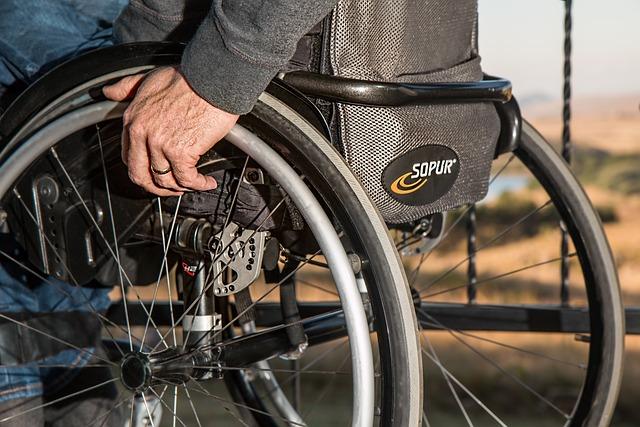Understanding the Intersection of Disability and Poverty in Italy
In Italy, the challenge of disability is intricately linked to poverty, creating a cycle that is difficult to break. This relationship significantly impacts the quality of life for individuals with disabilities. As a country known for its rich culture and heritage, Italy faces stark realities for those who experience both disability and economic hardship.
The Current State of Disability in Italy
As of recent studies, approximately 3.1 million people in Italy live with a disability, which encompasses a variety of impairments. This highlights the urgent need for policies addressing their rights and needs. Economic prospects for these individuals remain bleak, as they often face barriers to employment and social inclusion.
Poverty Rates Among Disabled Individuals
Poverty rates among disabled individuals in Italy are alarmingly high, with many living below the national poverty line. Research indicates that nearly 30% of individuals with disabilities face severe economic challenges. This situation is exacerbated by a lack of adequate support systems and resources available to them.
Government Initiatives and Their Limitations
The Italian government has established various social programs aimed at alleviating poverty among disabled individuals. However, these initiatives often fall short of addressing the root causes of inequality. Many disabled individuals continue to encounter systemic barriers that hinder their full participation in society and the economy.
The Role of Non-Governmental Organizations
Non-governmental organizations (NGOs) play a crucial role in advocating for the rights and needs of individuals with disabilities in Italy. These organizations work tirelessly to provide support, resources, and awareness. Their efforts are vital in creating a more inclusive society and influencing policy changes that promote equality.
The Path Forward: Economic Empowerment and Inclusion
The future economic prospects for individuals with disabilities in Italy hinge on the commitment to inclusive policies and practices. Investment in training, education, and accessible workplaces is essential for empowering these individuals. By fostering an environment that values inclusivity, Italy can break the cycle of poverty and disability.
Conclusion
Addressing the intertwined issues of disability and poverty in Italy requires a multi-faceted approach. As we can see, comprehensive solutions must be pursued to ensure a better future for disabled individuals. For further information on the challenges faced by disabled individuals in Italy, you can explore this article: Economic Prospects: Disability and Poverty in Italy.

